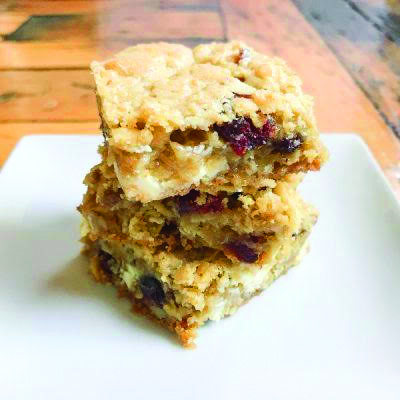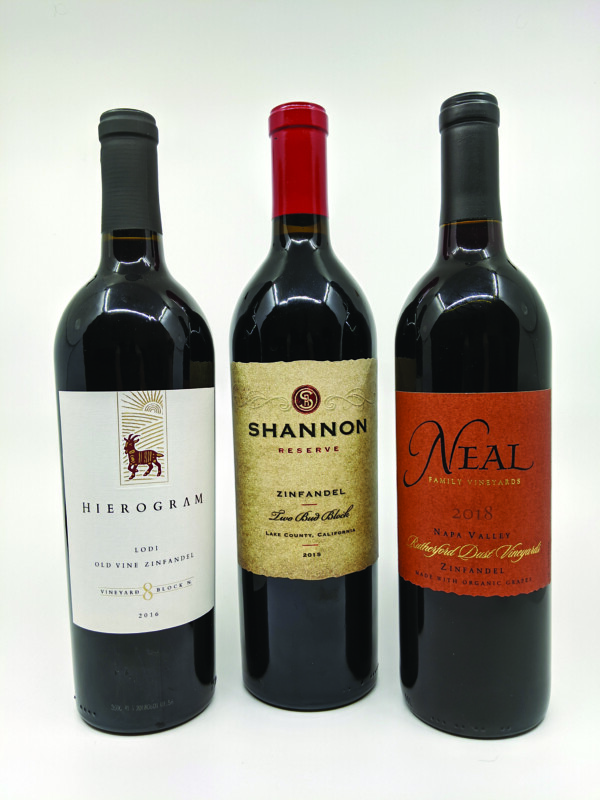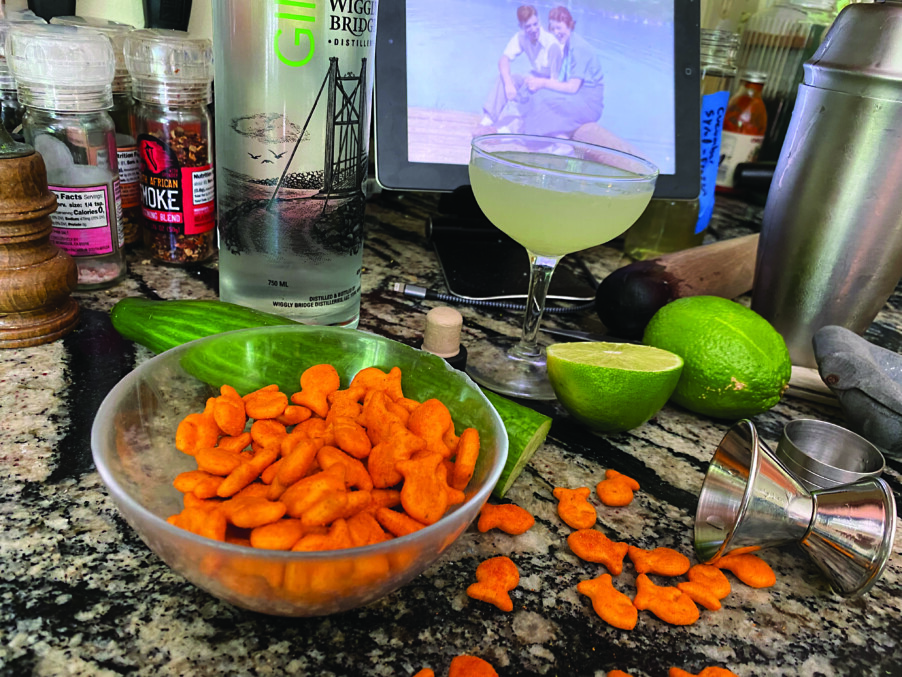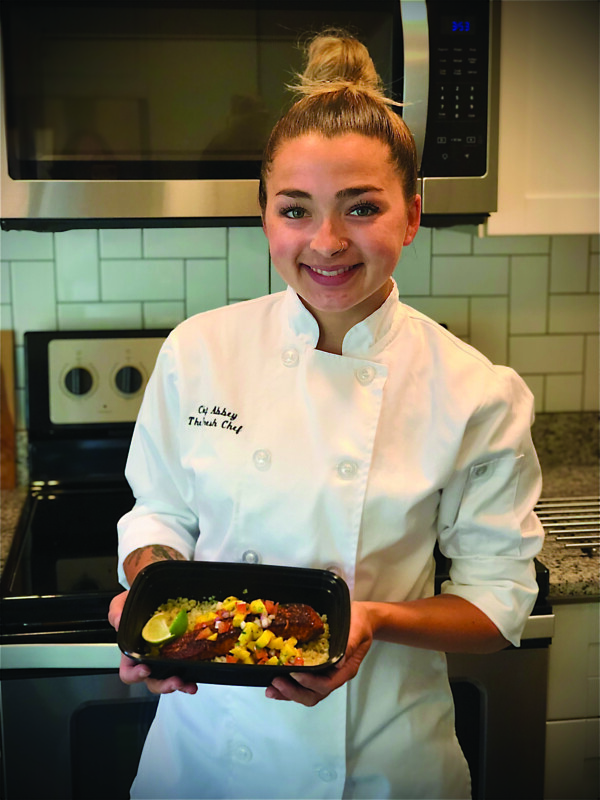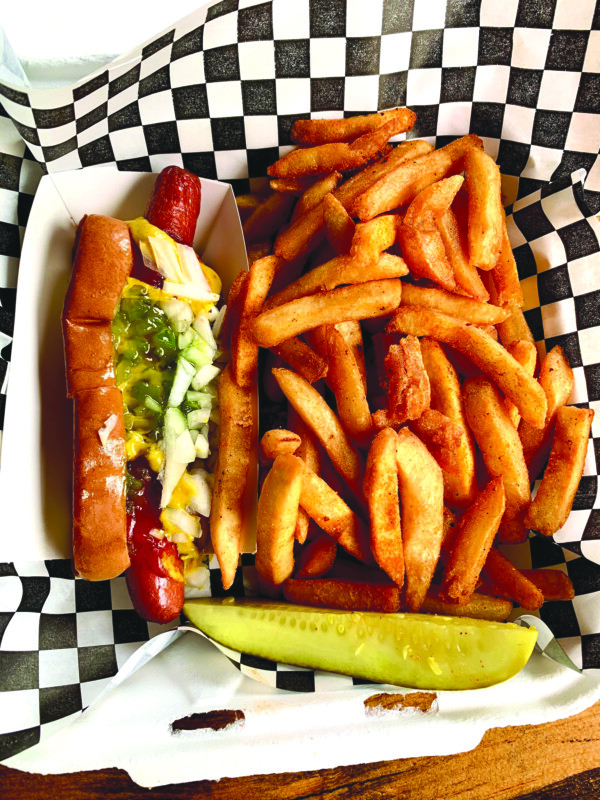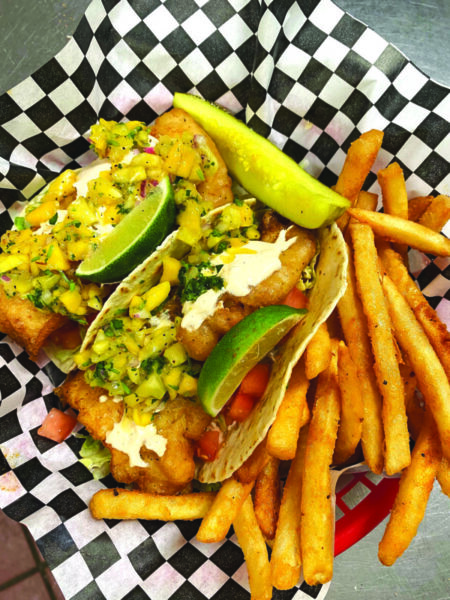For many, the highlight of a hike is when snacks are distributed. A mix of nuts, dried fruit and chocolate is probably one of the most common snacks people bring to enjoy while hiking a long trail or when they reach the peak of a mountain.
Of course, you don’t have to hike to eat trail mix, nor do you have to use those particular ingredients for trail mix.
Let me introduce you to trail mix bar cookies. Filled with dried cranberries, pecans and white chocolate chips, they offer a fine mix of sweet, tart and crunchy. Plus, all of those sensations are delivered in a moist and sturdy bar cookie.
Although I am a fan of almost all varieties of cookies, I love the simplicity of a bar cookie. All the dough goes into one pan for one round of baking. Not that it’s difficult to bake two or three batches of cookies, but these cookies reward a little bit of laziness.
Even better than the easy baking is the fact that these treats are great for whatever cookout or barbecue you will be attending or hosting. Once they’re cooled, just cover the pan with some plastic wrap and you’re ready to go.
We’re in the midst of summer. You probably have gatherings to attend. The next time you’re asked to bring a dessert, give these bar cookies a try.
Michele Pesula Kuegler has been thinking about food her entire life. Since 2007, the New Hampshire native has been sharing these food thoughts and recipes at her blog, Think Tasty. Visit thinktasty.com to find more of her recipes.
Trail mix bar cookies
Makes 24
1 cup unsalted butter, softened
3/4 cup light brown sugar, packed
3/4 cup granulated sugar
2 large eggs
1 teaspoon vanilla
1 teaspoon baking soda
1/2 teaspoon baking powder
1/2 teaspoon salt
1 1/2 cups all-purpose flour
2 cups old-fashioned oats
1 cup white chocolate chips
3/4 cup dried cranberries
1/2 cup chopped pecans
Preheat the oven to 350 degrees.
In the bowl of a stand mixer, cream butter, brown sugar and granulated sugar on speed 2 for 4 minutes.
Add eggs, one at a time, beating to incorporate each.
Add vanilla, and mix.
Add baking powder, baking soda, salt and flour, and mix until incorporated.
Add oatmeal, stirring until combined.
Add white chocolate chips, dried cranberries and pecans, stirring until incorporated.
Grease the sides and bottoms of a 13×9 pan with butter.
Transfer batter to pan, using the back of a spoon or spatula to spread it evenly in the pan.
Bake for 25-30 minutes, or until golden brown.
Cool in the baking pan on a wire baking rack before serving.
Photo: Trail Mix Bar cookies. Courtesy photo.

